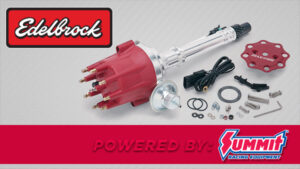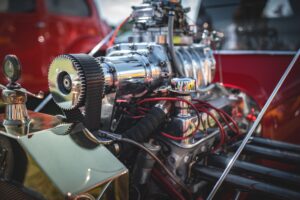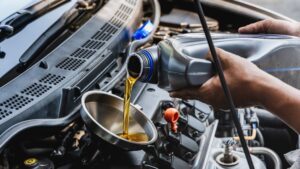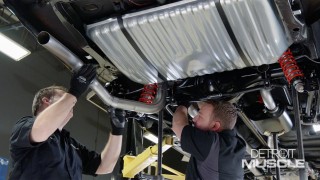Basics And Differences Between Aftermarket Distributors
Sometimes we take them for granted but they do a lot of work under the hood: distributors. At some point, you’ll probably purchase an aftermarket distributor. So which one do you go with?
Aftermarket companies have made lots of advances with their distributors but the basics are still the same; they still provide sparks to the cylinders and drive your oil pump. With some, you may need an ignition box. An easy way to tell is by looking at the wiring.
Distributors that have a two-wire hookup (or pigtail) need an ignition box or module to send the spark to a remote coil that’s mounted somewhere on your rig. The two wires send the signal from your magnetic pickup to your box and the box then tells the coil to fire.
There are also “ready to run” style distributors that have the ignition modules built in. The hookups on these have a few more wires. There’s a ground, a tach lead, and the wires that go to the coil. And while the two distributors may look the same but the difference comes down to 2 or 3-wire hookups.
Then there are distributors that have the ignition module and the coil hooked up directly to them. An HEI-style distributor has the coil mounted directly on top and the hookup is pretty simple. All you have to do is supply power and hookup your tach.
Each distributor works great, depending on the application you want to put it in. Some things to consider when upgrading your ignition system are room, which type you want to run, and the application.
You want to keep in mind how much room you have under the hood and between your firewall. You don’t want to make it hard to access your distributor. And if you plan on running an ignition box, you need space to mount it as well.
There are a lot of different aftermarket companies out there making distributors so make sure to research which works best for your platform.
Want to read more articles like this?
Join the PowerNation Email NewsletterRead More from PowerNation
Video Player is loading.
Current Time 0:00
/
Duration 0:00
Loaded: 0%
0:00
Stream Type LIVE
Remaining Time -0:00
1x
- Chapters
- descriptions off, selected
- captions off, selected
This is a modal window.









